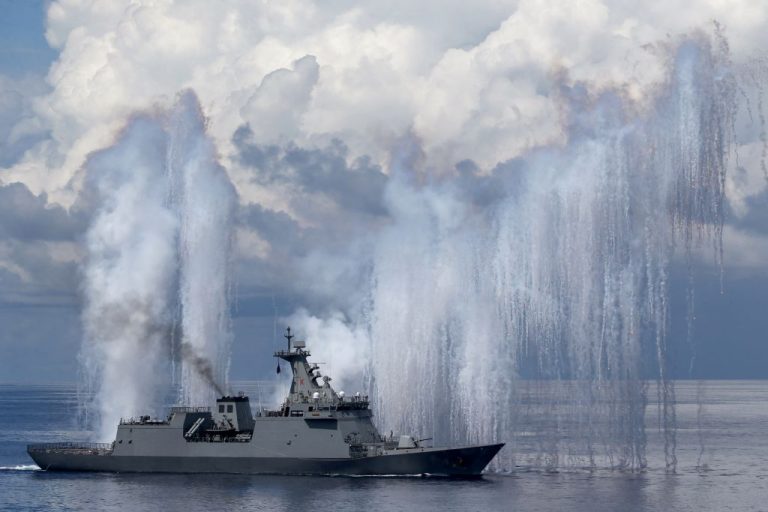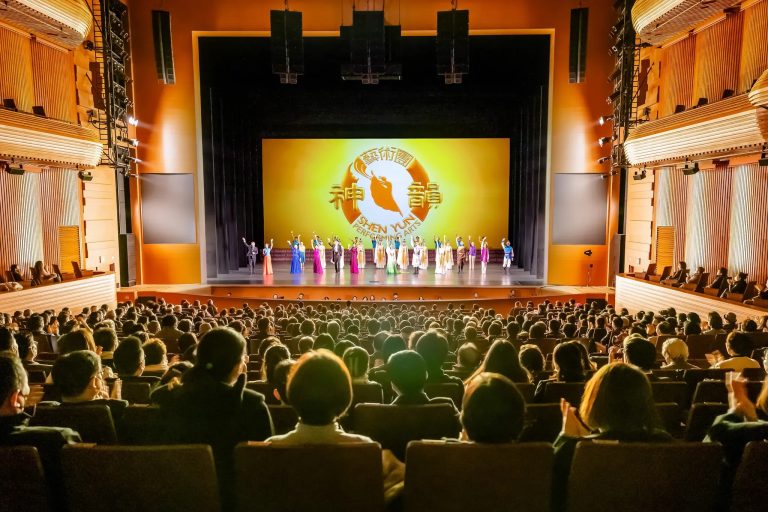Japan wants to offer material military aid to the Philippines, with both countries expressing willingness to make their bases available for the other in a move that would strengthen the U.S.-led alliance system in the Western Pacific.
The latest example of military muscle-flexing is done to strengthen security and stability in the region and emphasize peace, i.e., deterring China from starting an all-out war for Taiwan.
Japan’s biggest concern is that China will attack Taiwan, creating a completely out-of-control conflict in which Taiwan threatens to become the new Ukraine, according to Japanese Prime Minister Fumio Kishida.
Tokyo worries that the Philippines is a weak link in an island chain stretching from the Japanese archipelago to Indonesia through which ships must pass to or from the Pacific Ocean.
The Japanese said they would offer like-minded countries military aid, including radars to plug defensive gaps.
Success
You are now signed up for our newsletter
Success
Check your email to complete sign up
“It is beneficial to giving radars to the Philippines because it means we could share information about the Bashi Channel,” said retired admiral Katsutoshi Kawano, referring to the waterway separating the Philippines and Taiwan. It forms a bottleneck for vessels moving between the western Pacific and the contested South China Sea.
‘Hope to include lethal weapons’
“We are in the process of selecting equipment that can be used for maritime monitoring and security. We don’t know yet what exactly that will be,” a Japan’s Ministry of Foreign Affairs spokesperson said.
It could bring Japanese forces back there for the first time since World War Two, as it seems to step back from decades of enforced pacifism, whereas the scope of Japanese military aid up till now used to be limited by a ban on lethal equipment exports.
The announcement followed after Japan already participated in a joint military exercise earlier this month together with the United States and the Philippines and another one called Kamandag, or the “Cooperation of the Warriors of the Sea,” together with South Korea, Japan, Philippines, and the U.S. last year.
Last December, however, Prime Minister Kishida announced that military spending would double over the next five years.
READ MORE:
- US and Philippines to Hold Full Scale Military Exercises in 2022
- South China Sea Conflict: Philippines Threatens China with Daily Protests
- The Philippines are Buying Indian-Made BrahMos Missiles in a $375 Million Deal
- Six Nations Conduct Military Exercises in the Philippine Sea While Beijing Threatens Taiwan
Kawano also expressed his hopes that Japan’s military aid to the Philippines “will expand step by step, and I hope it will change to include lethal weapons” such as anti-ship missiles.
The ex-chief of the Japanese Self-Defence Forces (SDF) Joint Staff painted the picture that Japan could make use of the Philippines’ bases, as is being done by America, where Japanese SDF warplanes would patrol the South China Sea from Japan’s westernmost island of Yonaguni, about 100 kilometers east of Taiwan.
In February, Philippine President Ferdinand Marcos Jr. and Kishida agreed in Tokyo that their militaries would cooperate in ‘disaster relief’ in exchange for 600 billion yen ($4.3 billion) in development aid and private investment which Kishida also promised Marcos.
According to unnamed Japanese insider experts cited by Reuters, the two sides could enter into a reciprocal access agreement (RAA), similar to Japan has already joined with Australia and the United Kingdom.
An RAA is an agreement between two countries regulating the conditions under which both parties may station troops. In the case of Japan and the Philippines, this could be settled within a year.
U.S. President Joe Biden’s national security adviser, Jake Sullivan, on June 16, met with his counterparts from Japan and the Philippines, Takeo Akiba and Eduardo Ano, in Tokyo, for the first in a series of regular meetings to discuss security cooperation.
The three “discussed a wide range of regional security challenges, including concerning the South China Sea and the East China Sea, as well as North Korea,” a joint news release said. “They also reiterated the importance of peace and stability across the Taiwan Strait.”
Sullivan speaking after the meeting, said they had “zeroed in on the turbulent security environment.”
Reuters contributed to this article.

















